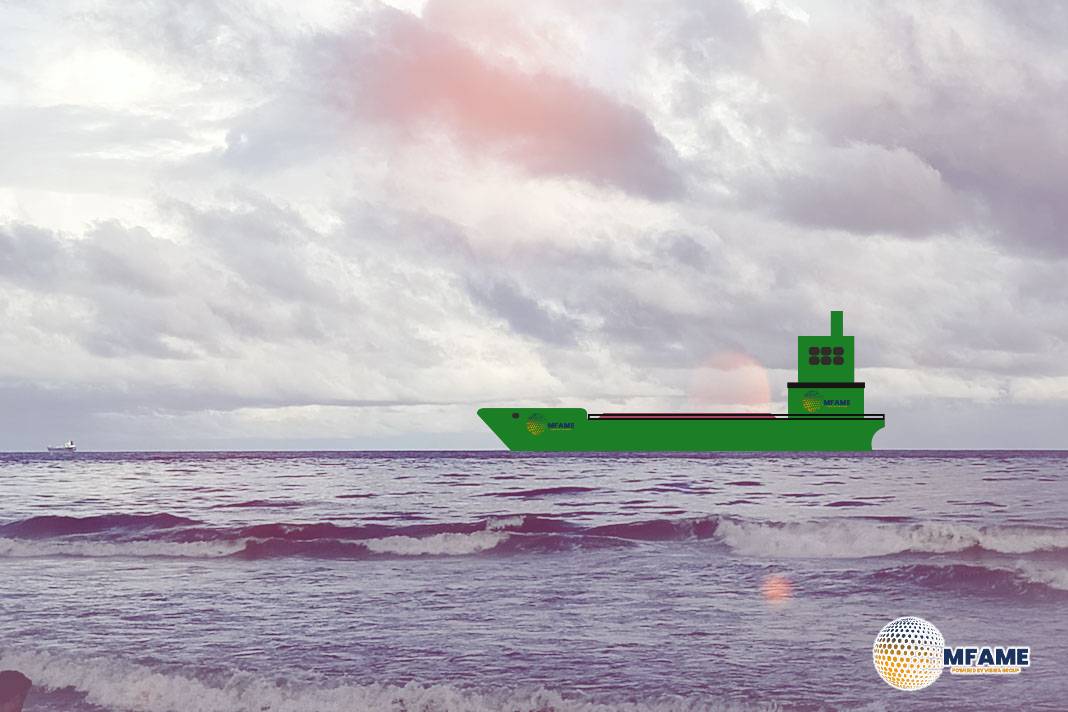- Russian infrastructure, Middle East tensions are risks.
- Oversupply seen as opportunity for tighter sanctions.
The global oil market may be overly complacent about price risks now because there is not a significant amount of spare production capacity available if geopolitical events impact oil supplies from key parts of the world, analysts say.
“I think we’re kind of in a moment where the market thinks everything is just fine,” Helima Croft, managing director at RBC Capital Markets, said at an Oct. 8 event hosted by the Atlantic Council in Washington.
But, Croft said, “If we actually had a test of spare capacity and needing additional volumes, we are not in the best shape.”
Oil prices have been trading in a narrow range since early August, with NYMEX front-month crude lingering mostly between $60/b and $65/b.
Infrastructure risks
A Ukrainian attack that led to the loss of Russian storage capabilities could be one such event, Croft said. Russia does not have significant oil storage capabilities, so it would probably have to shut in production, she said.
An attack on a tanker in the Strait of Hormuz could also test global oil supplies, she said.
Ukrainian attacks on Russian refineries have boosted diesel prices. The NYMEX front-month ULSD crack spread against WTI crude was trading around $34.39/b midday Oct. 9, up from roughly $20/b the same time last year.
Fernando Ferreira, director of the geopolitical risk service at Rapidan Energy Group, agreed that the oil market is complacent about risks right now.
Ukrainian attacks on Russian infrastructure are a particular risk in the run-up to winter, when Russia has less ability to pull back production and then bring it back online, Ferreira said. An escalation between Israel and Iran also remains a risk, he said.
“Those are all things I think could flare up and bring the market attention back to this,” Ferreira said.
The market has also become desensitized to sanctions, Ferreira said. Europe is now considering imposing secondary sanctions on Chinese, Indian and Turkish terminals using Russian shadow fleet vessels, he said.
“This is a new space for Europeans,” Ferreira said. “That’s a potential choke point on the Russian industry.”
Ferreira also noted that Ukrainians are taking out Russian refineries, which frees up more Russian crude for the market, at a time when tighter sanctions could force a steeper discount on Russian barrels.
The Danish Strait is a physical chokepoint because Russia exports more than 1 million b/d through the region, Ferreira said. That is a vulnerability for Russian exports that Europe is thinking about exploiting, he said.
Russia exported 1.6 million b/d of crude from the Baltic in September, or 41% of its total seaborne exports, according to CAS. Russian clean product exports from the Baltic reached 649,000 b/d, 57% of Russia’s total, S&P Global Commodities at Sea data showed.
Denmark has said it will tighten environmental checks of ships in its waters, as part of the country’s efforts to clamp down on the shadow tanker fleet.
Did you subscribe to our daily Newsletter?
It’s Free Click here to Subscribe!
Source: Platts

















